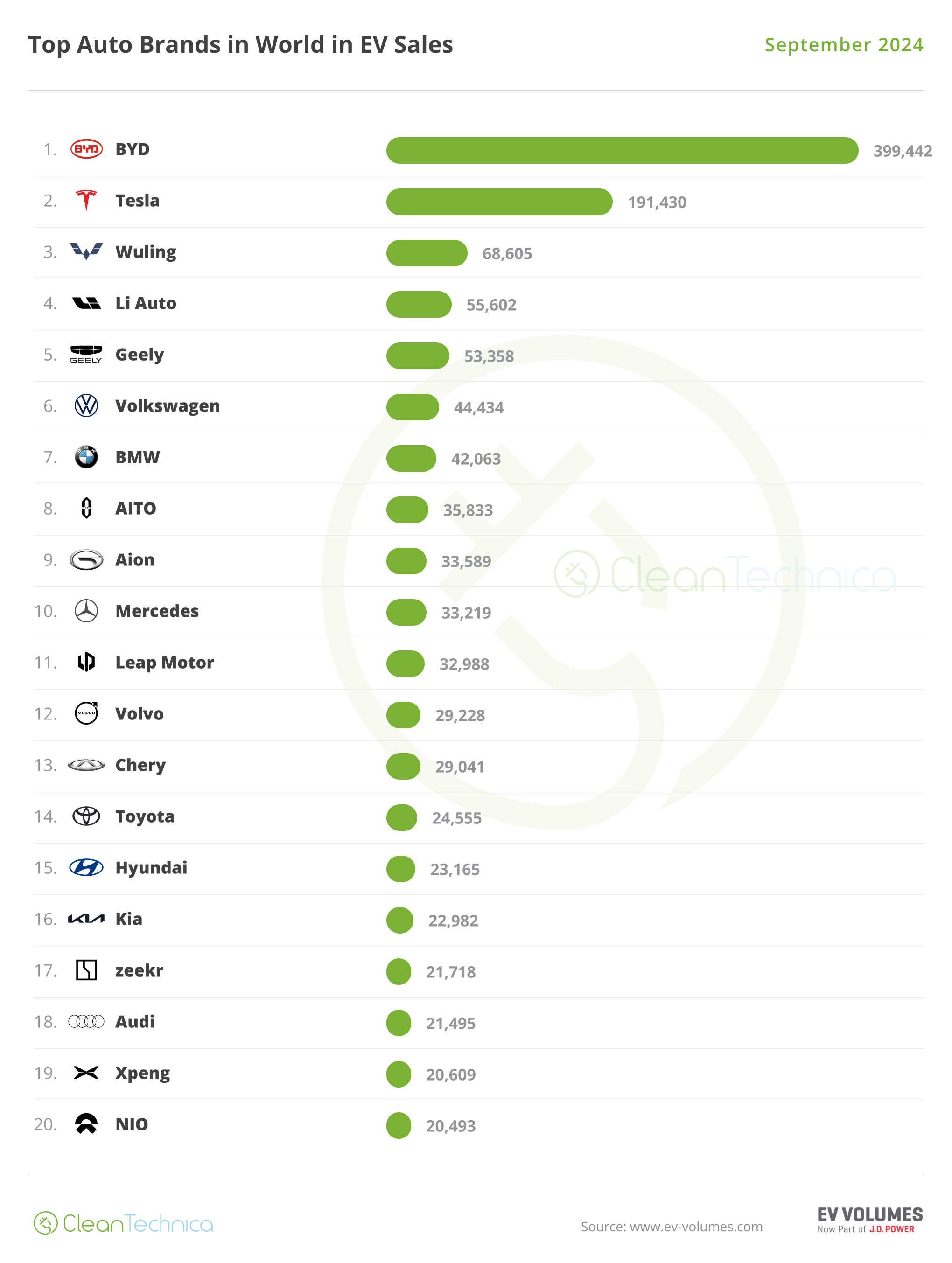
Sign up for daily news updates from CleanTechnica on email. Or follow us on Google News!
As Emperor For Life Trump tramples on every jot and tittle of Joe Biden’s clean energy and clean transportation programs, governors in states that still keep the torch of liberty alight and held high are determined to keep the EV revolution moving forward. “Most people drive a vehicle not as a political statement but as a way of getting from one place to another,” Colorado Governor Jared Polis told Bloomberg Green recently. “So they’re going to pick the best option for their money and that’s often electric.”
Residents of Colorado are eligible for up to $6,000 in state incentives, regardless of where a vehicle is made. Trade in a gas guzzler, and the state will add another $6,000. The incentives can add up quickly. A woman in Boulder told National Public Radio she recently got a new Nissan LEAF for $652. Those state incentives are partly responsible for the fact that almost a third of new cars sold in Colorado in the fourth quarter were electric.
“I’m thrilled,” Polis said. “That’s more than I would have guessed even a year or two ago.” With federal credits in jeopardy, Polis is considering even sweeter incentives to fill in the gap, with a particular focus on making the least expensive EVs even more affordable. “They’re lower cost to operate, they’re quiet, they have superior performance, and I fully expect their market share will continue to increase,” he said. Polis did acknowledge that if federal incentives are cancelled, some people may put off going electric for a year or two.
State Incentives Power The EV Revolution
There is a lot of chest thumping going on in Washington, DC, right now about the Inflation Reduction Act and how the new administration is going to rip it out by the roots, but in fact, only about 20 percent of electric cars qualify for the full $7500 purchase incentive because of the sourcing requirements baked into the legislation. Despite that, sales of battery electric cars are now at about 9 percent to new car sales in America. In the 4th quarter of 2024, nearly 366,000 electric vehicles were sold in the US, a 15.2 percent increase over the 4th quarter of 2023. The average price of a new electric car has also dropped by about $2,000 since then — not a lot, but every little bit helps.
It is likely the EV revolution will continue its upward trend even without the federal incentives. The market now has a large selection of vehicles that are more affordable than they were when the Inflation Reduction Act was signed in August of 2022. The average price of a conventional gasoline-powered car is now about $49,000. Of the 65 fully electric vehicles for sale in the US at the present time, 19 are priced less than that and six of those have a range of more than 250 miles. American drivers are finding a growing number of state incentives, some of them — like the ones in Colorado — that are even more generous than the federal incentives.
The more affordable electric cars available today are selling in ever greater numbers, while sales of higher priced models are shrinking, according to Brian Moody, executive editor of Kelley Blue Book. The EV market, in short, is starting to look like the auto market in general regardless of federal incentives. “Ideologies can be all of nothing, but that’s not how things work with consumer products,” he told Bloomberg. “And what we’re seeing now is a little bit more what you see when it comes to consumer products. If the taxpayer-funded incentives go away, that could be a good thing, too. If you don’t have a big financial incentive, the car will just have to be good. Maybe it improves the product.” That’s an interesting theory and correlates with a suspicion some people have that incentives help keep prices artificially high.
In Michigan, automotive engineer Cody Colder just purchased a Chevy Equinox EV, a sister car to the Blazer EV that is a bit smaller and less expensive to buy. The Equinox EV was the 2024 CleanTechnica Car of the Year in the USA. Starting at $35,000, the Equinox costs thousands of dollars less than the Tesla Model 3. Colder paid even less than that, thanks to a three-year lease that took advantage of several incentives from General Motors and the dealership. “There was no deal that was even remotely close price-wise,” Colder told Bloomberg.
California Prepares To Fight Back
But that type of deal is in danger as Trump begins taking a wrecking ball to federal climate policy. Though he hasn’t revoked electric vehicle incentives yet, Trump went after tailpipe standards on day one, including California’s more stringent emissions limits. “We will be very active in fighting for clean air,” Liane Randolph, chair of the California Air Resources Board, said at the BloombergNEF transport, energy and technology summit in San Francisco on February 4, 2025. “They just don’t get to snap their fingers and say we are reversing this waiver.”
According to a statement by Governor Newsom, the proposed California rebates would include changes to promote innovation and competition in the ZEV market and could be paid for from the state’s Greenhouse Gas Reduction Fund, which is funded by polluters under the state’s cap and trade program. “Consumers continue to prove the skeptics wrong — zero-emission vehicles are here to stay. We will intervene if the Trump Administration eliminates the federal tax credit, doubling down on our commitment to clean air and green jobs in California. We’re not turning back on a clean transportation future, We’re going to make it more affordable for people to drive vehicles that don’t pollute,” Newsom said. California now has more than 2 million electric cars on its roads. In the third quarter of 2024, Californians purchased 115,897 ZEVs, representing 26.4 percent of all new vehicle sales in the state. California is supporting the EV revolution with an aggressive program to add EV chargers throughout the state.
States Will Lead The Way Forward
State-level EV incentives have proven easier to come by and can be more generous than federal incentives. Some 20 states now offer financial incentives for EV purchases, including solidly red states like Kansas and Mississippi. Nathan Niese, global lead for EVs and energy storage at Boston Consulting Group, said similar plans are being discussed in statehouses all over the country.
The EV revolution may hit some speed bumps over the next few years, but it seems to be far enough along now in the US that it will be able to weather the headwinds coming its way. More battery electric models are arriving in showrooms all the time, giving customers the choices they are used to when shopping for new automobiles. The more normal EVs become, the better they will sell, so fear not electric car advocates. The movement will survive the idiocy of the moment.
Chip in a few dollars a month to help support independent cleantech coverage that helps to accelerate the cleantech revolution!
Have a tip for CleanTechnica? Want to advertise? Want to suggest a guest for our CleanTech Talk podcast? Contact us here.
Sign up for our daily newsletter for 15 new cleantech stories a day. Or sign up for our weekly one if daily is too frequent.
CleanTechnica uses affiliate links. See our policy here.
CleanTechnica’s Comment Policy




